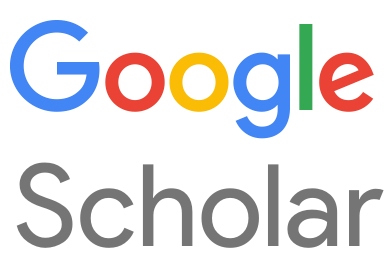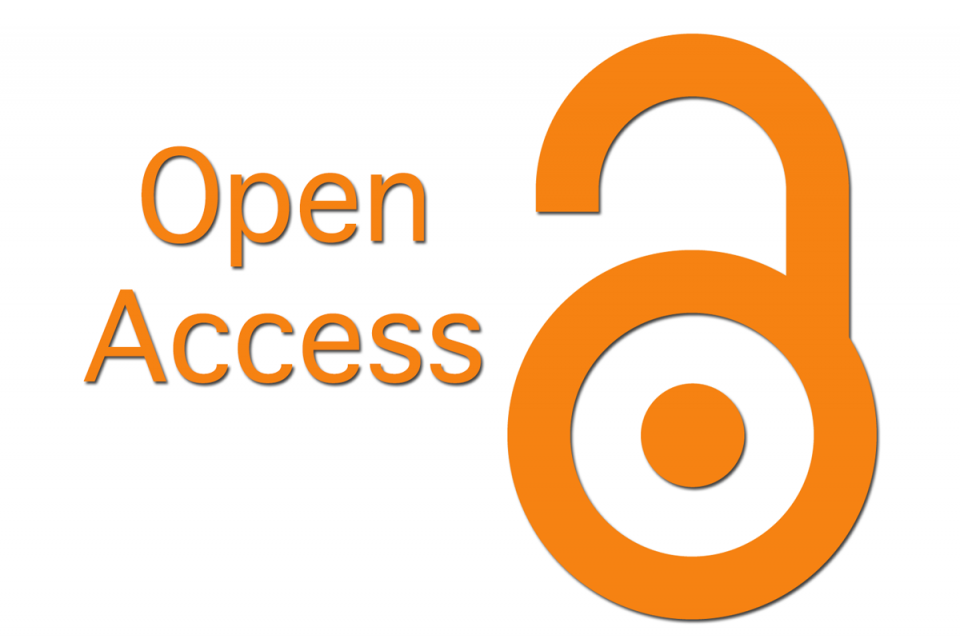AI Ethics: Bridging Innovation with Morality
DOI:
https://doi.org/10.48047/rb2f7m94Keywords:
AI ethics, Bias; Data Security; Sociology, Robo ethics.Abstract
With advancements in face recognition, self-driving cars, and medical diagnostics, artificial intelligence (AI) is having an
increasing impact on people and society. AI has the amazing potential to significantly improve human wellbeing and advance both socially and economically. However, because to obstacles such limited viability, data biases, data security, and some privacy concerns, AI also presents significant risks. To reduce hazards, users and developers need to be aware of these drawbacks and take appropriate action. To anticipate and lessen negative effects, it is essential to identify possible areas of danger across the AI life cycle. Even though "machine ethics" research started in 2006, AI ethics is still a relatively new area of study within ethics more broadly. Establishing appropriate ethical principles, norms, standards, rules, and regulations requires an understanding of AI ethics and how to develop ethical AI. AI that is ethical acts and behaves in a morally upright way.
Downloads
References
M. Boden, “AI: Its nature and future”, Oxford University Press, 2016.
L. Floridi, “AI and its new winter: From myths to realities”, Philosophy & Technology, 2020.
R. Bendici, “Rise of the machines”, Univ. Bus, Vol. 21(10), pp. 53–54, 2018.
Downloads
Published
Issue
Section
License

This work is licensed under a Creative Commons Attribution 4.0 International License.
You are free to:
- Share — copy and redistribute the material in any medium or format for any purpose, even commercially.
- Adapt — remix, transform, and build upon the material for any purpose, even commercially.
- The licensor cannot revoke these freedoms as long as you follow the license terms.
Under the following terms:
- Attribution — You must give appropriate credit , provide a link to the license, and indicate if changes were made . You may do so in any reasonable manner, but not in any way that suggests the licensor endorses you or your use.
- No additional restrictions — You may not apply legal terms or technological measures that legally restrict others from doing anything the license permits.
Notices:
You do not have to comply with the license for elements of the material in the public domain or where your use is permitted by an applicable exception or limitation .
No warranties are given. The license may not give you all of the permissions necessary for your intended use. For example, other rights such as publicity, privacy, or moral rights may limit how you use the material.








